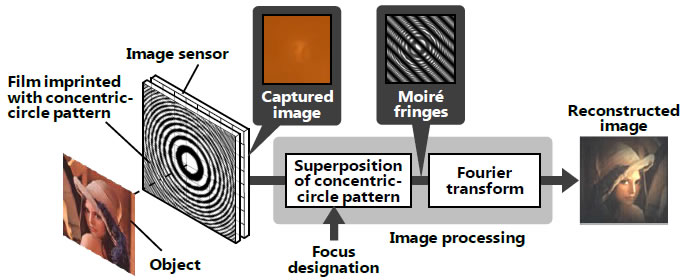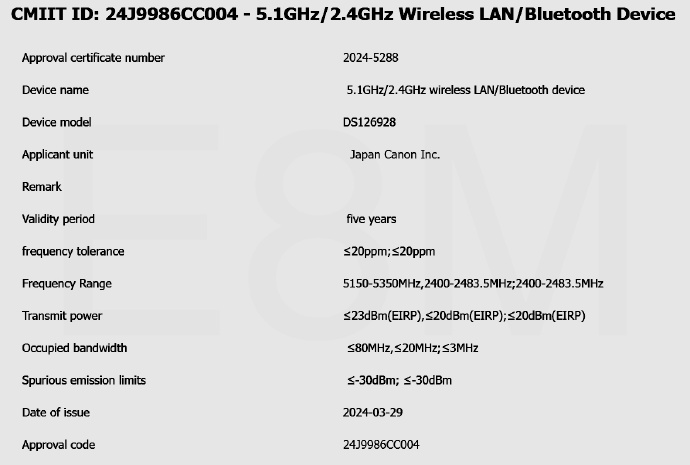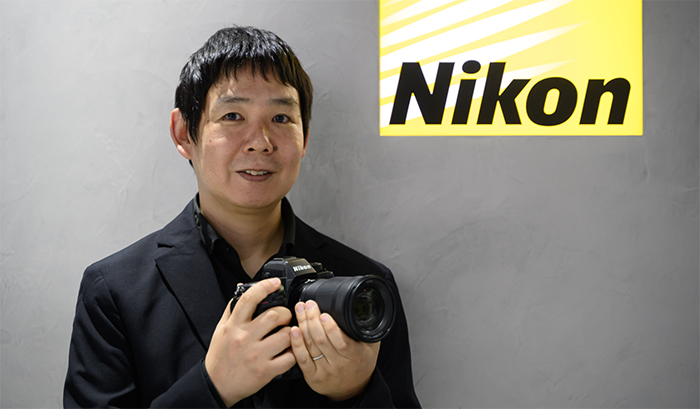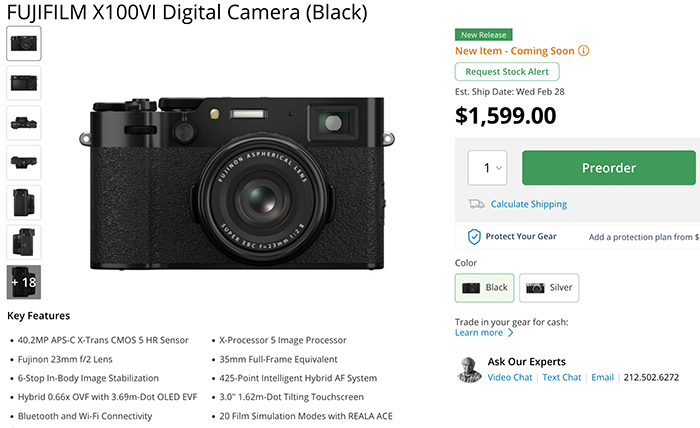Lensless-camera Technology by Hitachi

Folks, the day may comes we will not need to use any lens anymore :) Hitachi just announced the development of a lensless-camera Technology. And here is the press text to learn how this works:
Lensless-camera Technology
for Easily Adjusting Focus of Video Images after Image Capture
Enabling applications on mobile devices, vehicles, and robots,
by reducing thickness and weight and improving performances
TOKYO, November 15, 2016 – Hitachi, Ltd. (TSE: 6501) today announced the development of a camera technology that can capture video images without using a lens and adjust focus after image capture by using a film imprinted with a concentric-circle pattern instead of a lens. This camera technology makes it possible to make a camera lighter and thinner since a lens is unnecessary and allow the camera to be more freely mounted in devices such as mobile devices and robots at arbitrary positions without imposing design restraints. Moreover, since it acquires depth information in addition to planar information, it is possible to reproduce an image at an arbitrary point of focus even after the image has been captured. Focus can be adjusted anytime to objects requiring attention, so Hitachi is aiming to utilize this technology in a broad range of applications such as work support, automated driving, and human-behavior analysis with mobile devices, vehicles and robots.
As for cameras mounted in mobile devices represented by smartphones and robots, which require designability, making them thinner and lighter while providing higher performance?without imposing restrictions on where they can be mounted?is being demanded. As a camera technology to meet that demand, there is an increasing anticipation of applying a technology called “computational photography”*1 which is a scheme used in an optical system under the presupposition that image processing will be used after images are captured. As a camera utilizing this technology, a light-field camera, which records position and direction of light beams simultaneously and whose focus can be adjusted after images are captured, is well-known. However, a light-field camera is considerably thick since it needs a special lens. On the other hand, a lensless camera which is thin and light because it has no lens has been developed. Even so, processing of images captured by the camera incurs a heavy computational load.
Aiming to overcome the difficulties described above, Hitachi has developed a camera technology?based on the principle of Moiré fringes*2 (that are generated from superposition of concentric circles)?that combines a function for adjusting focus after images are captured in the same manner as a light-field camera and features of thinness and lightness of a lensless camera which computational load incurred by image processing is reduced to 1/300*3. The two main features of the developed camera technology are described as follows.
(1) Image processing technology using Moiré fringes
A film patterned with concentric circles (whose interval narrow toward the edge of the film) is positioned in front of an image sensor, and the image of a shadow formed by a light beam irradiated onto the film is captured by the image sensor. During the image processing, a similar concentric-circle pattern is superimposed on the shadow and Moiré fringes with spacing dependent on the incidence angle of a light beam are formed. By utilizing the Moiré fringes, it is possible to capture images by simple and commonly used image processing called “Fourier transform”*4 (Figure).
(2) Focus adjustment technology of captured images
The focal position can be changed by changing the size of the concentric-circle pattern superimposed on the shadow formed on the image sensor by a light beam irradiated onto the film. By superposing the concentric-circle pattern by image processing after image capturing, the focal position can be adjusted freely.
To measure the performance of the developed technology, an experiment with a 1-cm2 image sensor and a film imprinted with a concentric-circle pattern positioned 1 mm from the sensor was conducted. The results of the experiment confirmed that video images could be captured at 30 frames per second*5 when a standard notebook PC was used for image processing.
To contribute to the “super-smart society”*6 based on IoT (Internet of Things) technologies, Hitachi is aiming to apply this newly developed lensless camera technology to all kinds of devices, starting with mobile devices, vehicles, and robots.
This camera technology will be presented at the International Workshop on Image Sensors and Imaging Systems (IWISS16) being held at the Tokyo Institute of Technology from November 17th to 18th, 2016.
- *1
- An imaging technology for creating functions?which have hitherto been impossible with cameras?by using an optical system based on the presupposition that recorded images are processed with a computer
- *2
- A pattern of coarse fringes expressed when orderly repeated patterns become overlapped in accord with the difference in the intervals between those repetitions
- *3
- Hitachi survey
- *4
- A mathematical operation by which a signal is transformed between a spatial frequency domain and a spatial domain
- *5
- Commonly used frame rate of video images in TV etc.
- *6
- A society in which (i) required products and services are provided to the only the people who need them at the required time, (ii) all the needs of society are meticulously satisfied so that all people can receive high-quality services, (iii) differences in ages, genders, regions, and languages are overcome, and (iv) everyone can live active and comfortable lives
–
Thanks Barry and Andrea!


